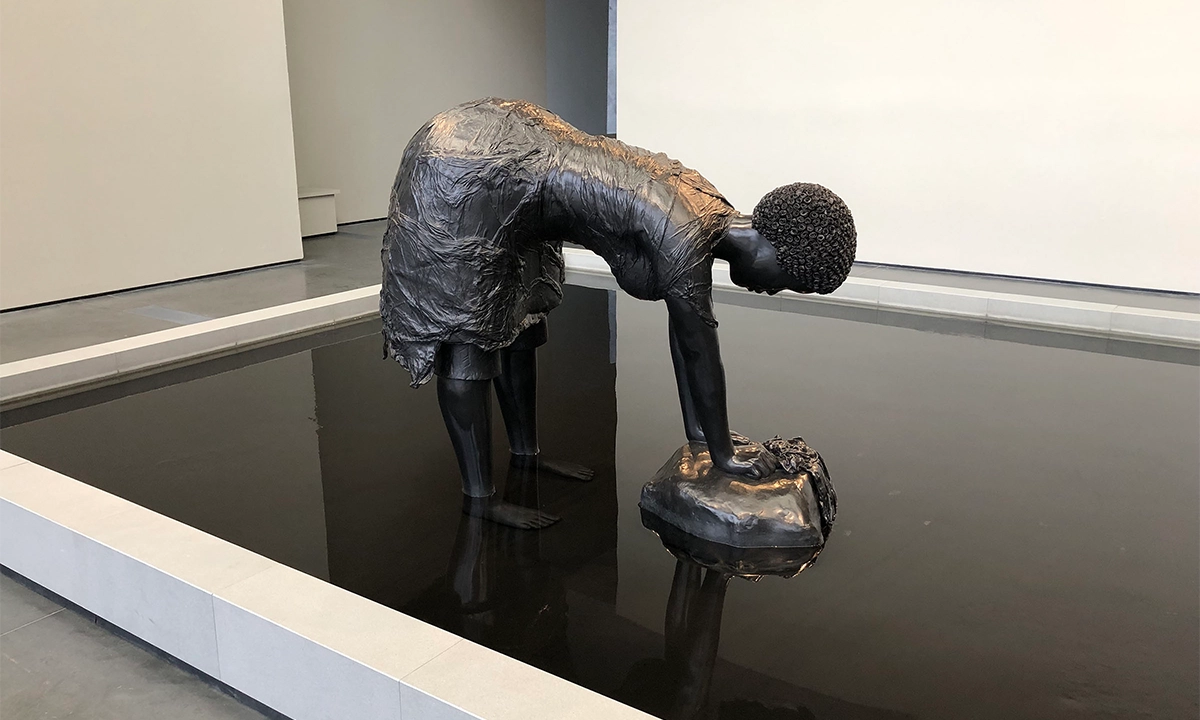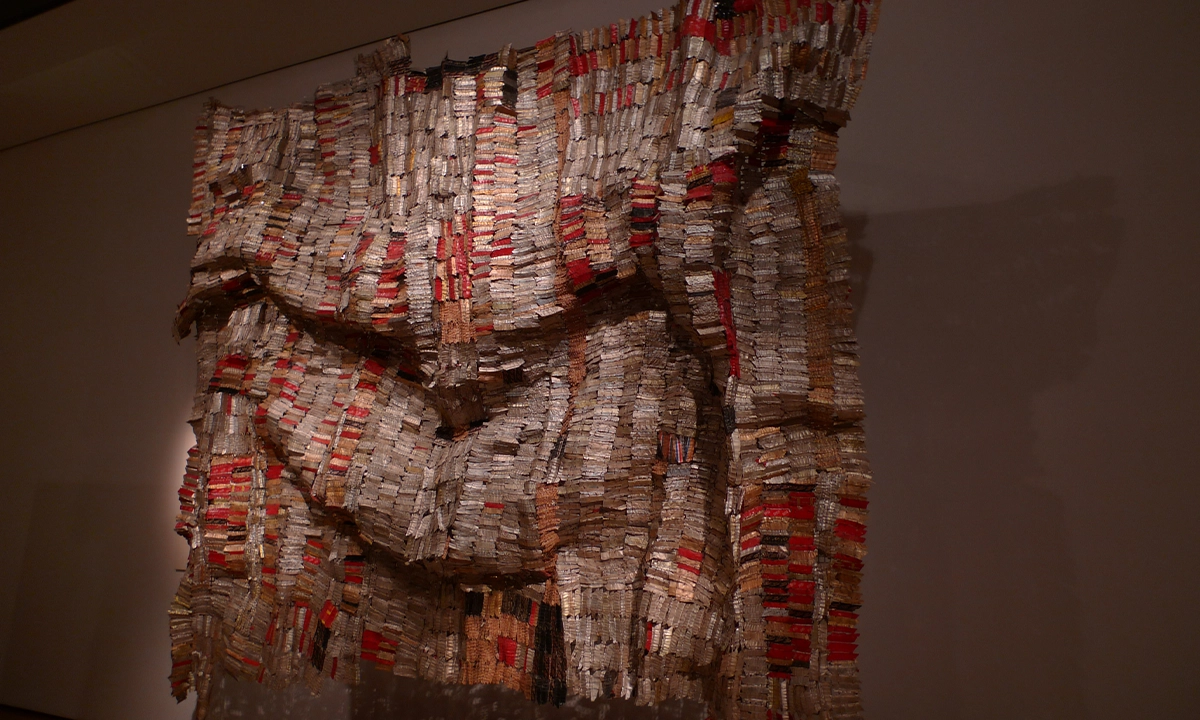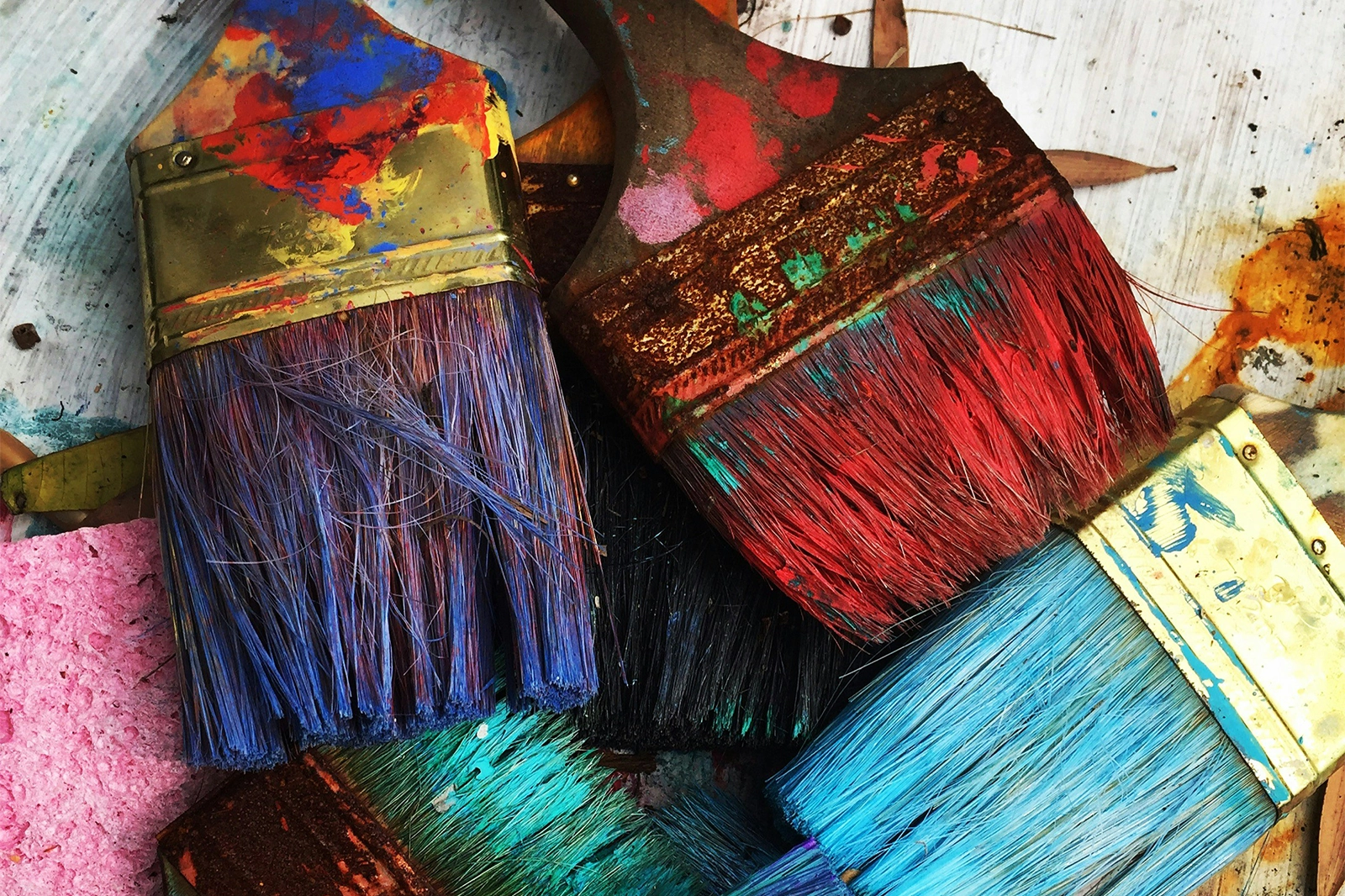Why serious collectors are dismantling the frame and building more richer, more dynamic collections.
In the past, most private collections revolved around one overarching medium—thankfully, usually painting. It was logical. Paintings were convenient to hang, easy to price, and generally recognized as the fulcrum of a"serious" collection. But as the art world continues to change, so does the notion of what constitutes a well-rounded collection. More and more collectors old and new are leaning toward multi-medium curation, encompassing works across disciplines: sculpture, textiles, video art, ceramics, digital media, installation, and many more.
This move isn't stylistic for its own sake—it's thought through. It's an expression of a larger cultural shift toward inclusivity, richness, and narrative. And it's transforming the look of private collections and institutional holdings alike.
Why Medium Matters
Medium isn't just stuff. It's voice, provenance, and cultural heritage.
A carved work has weight—both literal and symbolic—that a painting does not. A woven cloth can convey heritage and toil, whereas an electronic piece may broadcast the speed and urgency of modern life. When a group of work involves more than one medium, it creates a broader emotional and conceptual conversation.
For the collector, it does the same thing. It opens up room for more expressive and richer storytelling. A set of paintings can convey a period or style to you. But combine those with the sculptural that takes up space, the fabric that evokes touch memory, or the mixed-media that combines visual and body languages—and suddenly the collection gets nuance, not diversity.
From Canvas to Clay: Breaking Out of the Frame
In the past, collecting in media wasn't necessarily portrayed in a positive light. First came painting, and secondly sculpture. Ceramics, textiles, or craft work frequently resided in decorative arts or regional museum categories.
All of that is changing—quickly.
Throughout the last decade, museums such as The Met, MoMA, and Tate have made public high-profile purchases of fiber art, installation pieces, and hybrid materials. The market has reacted. Artists such as textile artists Sheila Hicks, sculptors such as Simone Leigh, and multi-disciplinary practitioners such as El Anatsui have been hailed for their transgressive contributions. Their presence in large-scale shows and biennials marks a deeper transformation: collectors no longer are asking, "Is this valuable?"—they're asking, "What does this say?"
And for a new generation of collectors, storytelling matters just as much as status.

Cohesion Without Conformity
Of note to collectors venturing into several mediums is how to have cohesion without giving up creative diversity. The solution? Conceptual cohesion, not medium consistency.
A thoughtfully designed collection is not necessarily medium-based to make a conscious statement. Rather than asking "Do these mediums work well together?" ask:
• Do the pieces address similar concerns?
• Are they addressing a particular era, movement, or message?
• Do they engage with themes of identity, space, culture, memory, or process?
For example, a piece of hand-stitched fabric and a minimalist sculpture might seem disconnected—until you realize that both engage with negative space, silence, or the human body. A neon light installation and a figure in unglazed clay might both wrestle with ritual and repetition. It's this tension between surface and content that creates electricity in a multi-medium body of work.
Practical Considerations (That Make a Big Difference)
Other than painting takes a bit more thought for attention, installation, and conservation. Sculpture takes up space. Textile takes up climate control. Digital works must be licensed, stored in forms, and equipment serviced. These aren't barriers, though—these are investments in the integrity and safety of your collection.
Tips for managing a multi-medium collection:
- Hire professional installers for sculpture or delicate materials.
- Document all provenance and care instructions, especially for ephemeral or tech-based works.
- Rotate sensitive pieces to avoid prolonged exposure to light or fluctuating humidity.
- Collaborate with conservators who understand how to handle diverse materials.
- Consider interactive cataloging tools that allow you to tag works by medium, theme, or cultural origin—not just artist or date.
The more mediums you collect, the more intentional your infrastructure needs to be. But it also opens the door to creative, flexible curation in your own space.
Cultural Relevance & Ethical Considerations
Medium diversification also lays the ground for more interface with marginalized voices and practices. Indigenous, diasporic communities long labored to develop mediums that were historically marginalized—beadwork, weaving, ceramics, adornment. To acknowledge them as fine art isn't just progressive—it's long past time.
Collectors who like multi-medium art pieces care less about the artwork's history, rather than its visual appeal. This means more ethical collecting approaches, patronizing living artists, and greater collaboration with independent galleries and communities.
Final Thought
Collecting as curating of experience, the most thrilling gatherings today don't hang—they live, breathe, move through space. They invite one to slow down, change angle, and interact with art in several ways. They don't shy away from tension. They can accept contradiction.
In 2025 and onward, the most vital collections will not be defined by medium or market—they'll be defined by intention. By how they succeed in capturing the depth of the world, and by how they invite others into the conversation.
So whether you’re starting with a painting and a piece of pottery or considering acquiring your first video work, know this: art is no longer confined to the frame. And neither is your collection.

.svg)

















